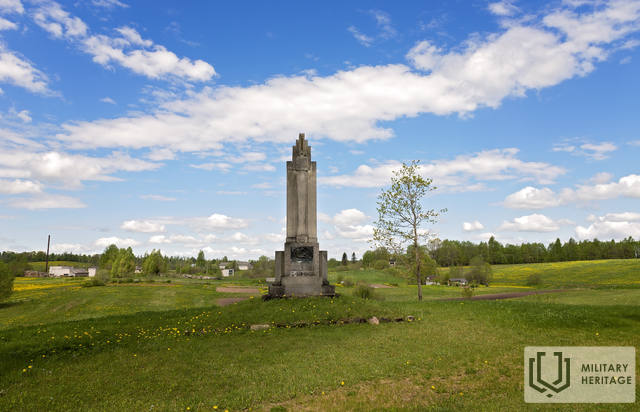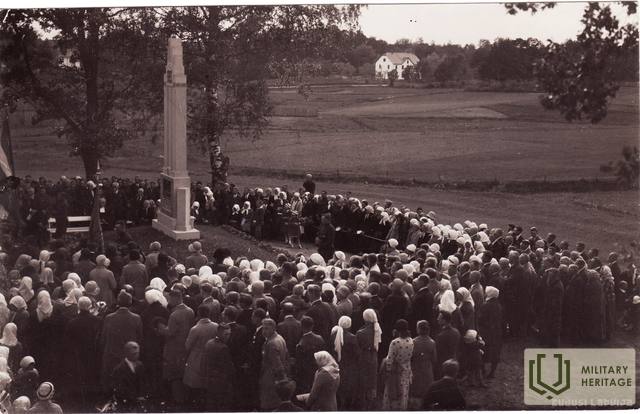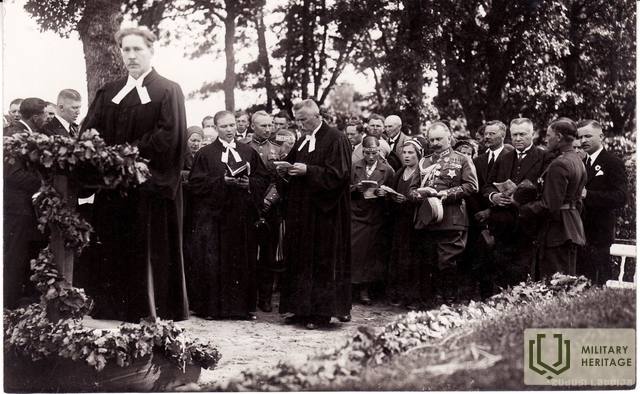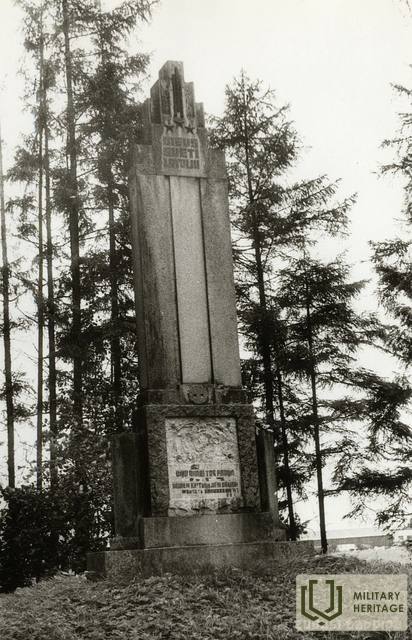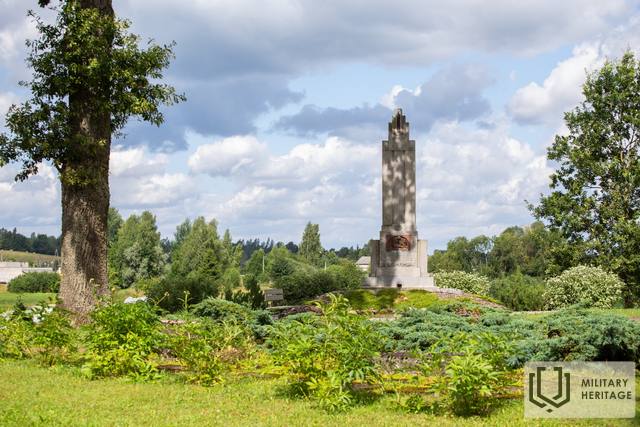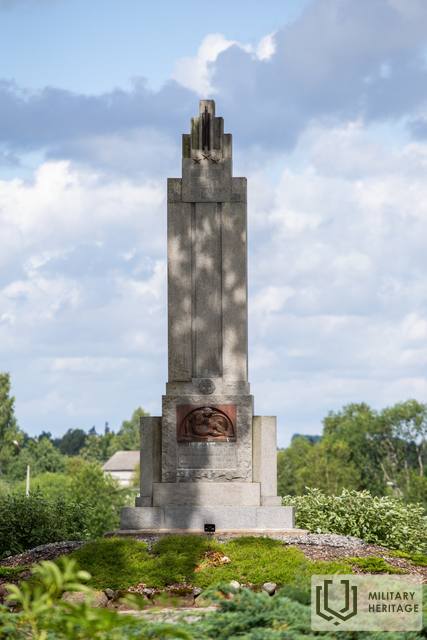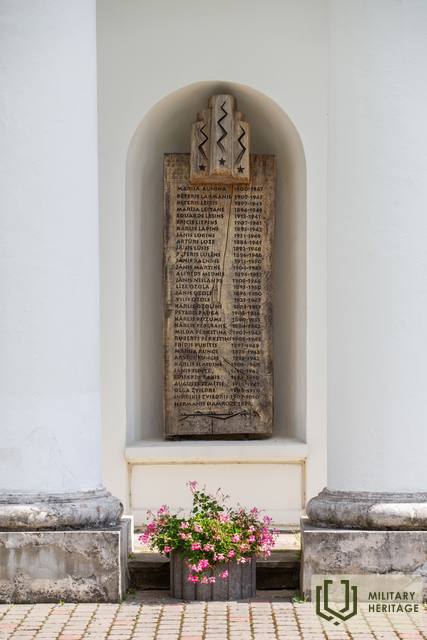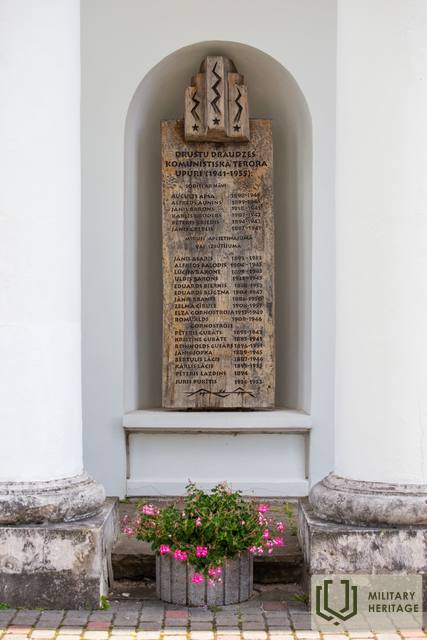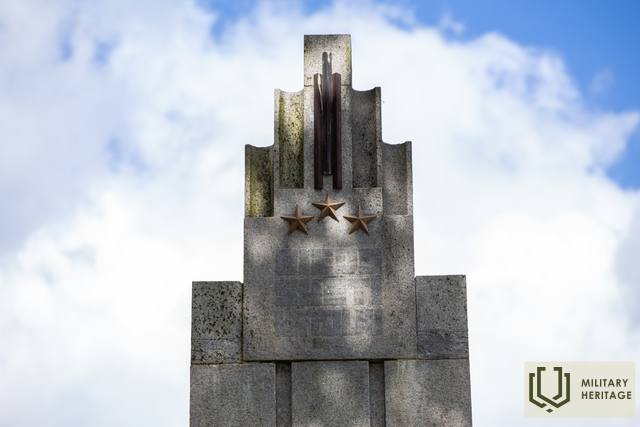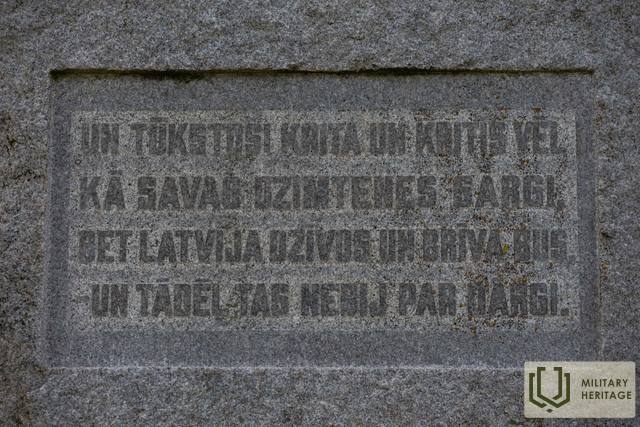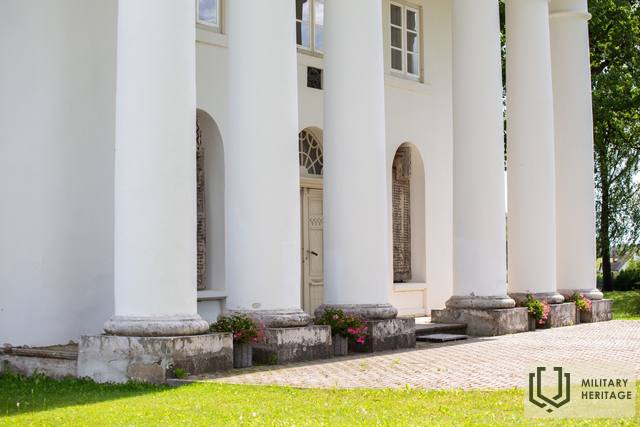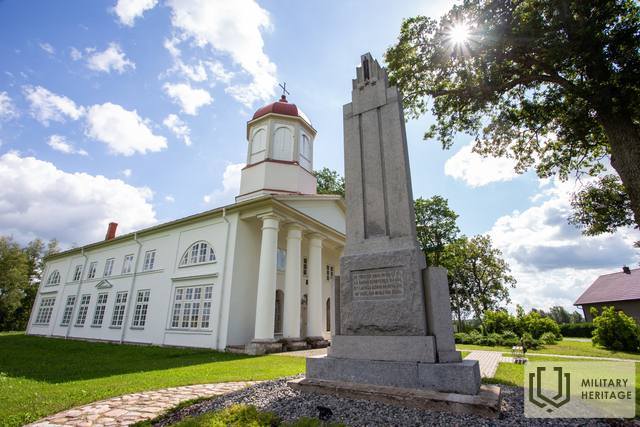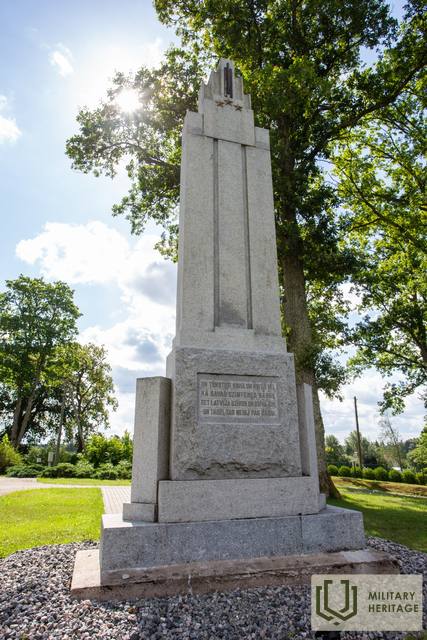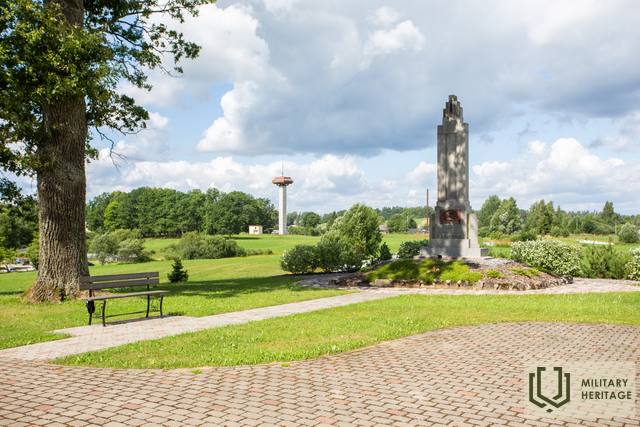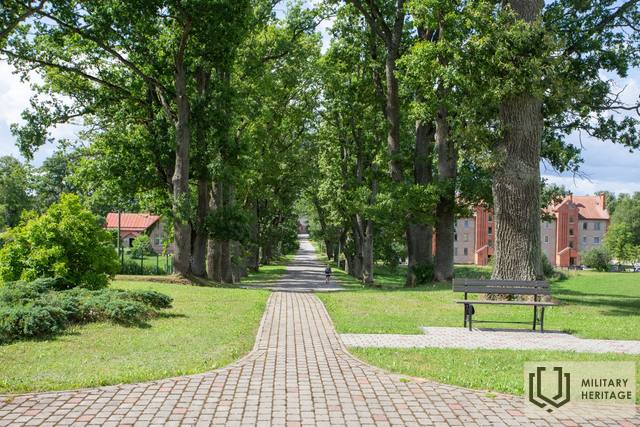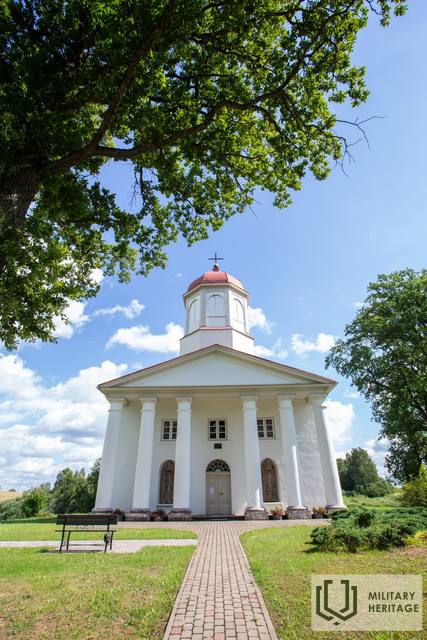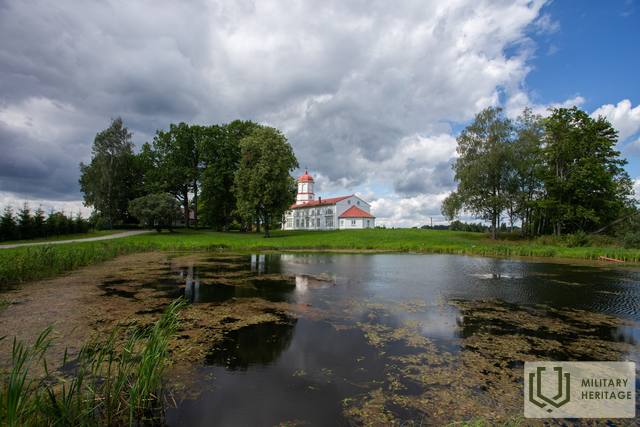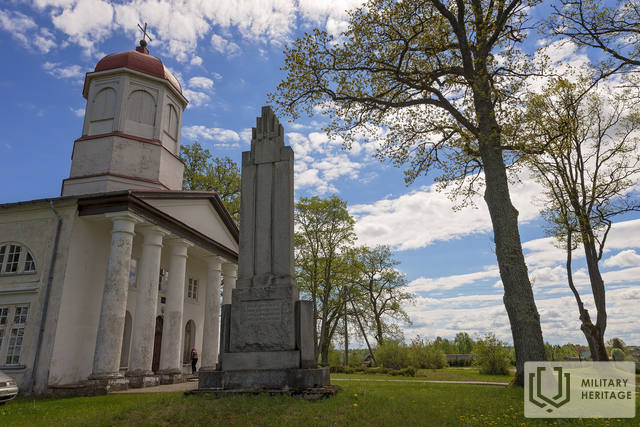Monument to the memory of the members of the Drusti parish who fell in World War I and the Latvian Liberation Struggle
Memorial site

 121
121


Located near the Drusti Lutheran Church.
The monument was unveiled on June 19, 1932.
On June 14, 1931, the foundation stone of the monument was laid, engraved with the text “Hundreds of years will come and go, heroes will sacrifice for the fatherland.” A galvanized tin capsule with a commemorative inscription signed by the then Chief of Staff of the Army, General Aleksandrs Kalejs, the parents of the fallen soldiers, and other guests of honor at the ceremony was embedded beneath it.
During the communist occupation, the text under the relief was cemented, but the bronze plaque was hidden by parishioners. When the Awakening began, local activists of the Latvian Popular Front cleaned up the inscription and placed the preserved plaque in its place.
41 members of the Drusti congregation who fell in World War I and the Latvian War of Independence have been identified.
Memorial plaques for the victims of communist terror have been placed in niches in the church wall - with 58 names of Drustenians and Gatartians carved into oak - the names of those whose graves are unknown.
Used sources and references:
https://karavirukapi.blogspot.com/2019/07/drustos-piemineklis-1-pk-un-lak.html
https://www.facebook.com/100620134979319/posts/151611853213480/
Related timeline
Related stories
The beginning, course and conclusion of the Battle of Cēsis
The victory in the Battle of Cēsis was destined to become a turning point in the Latvian and Estonian struggle for the independence of their country. This victory put an end to the plans of the Andrievs Niedra government and the German general Rüdiger von der Goltz to conquer the Baltics. Instead, the Latvian Provisional Government of Kārlis Ulmanis resumed its activities in Liepāja.




